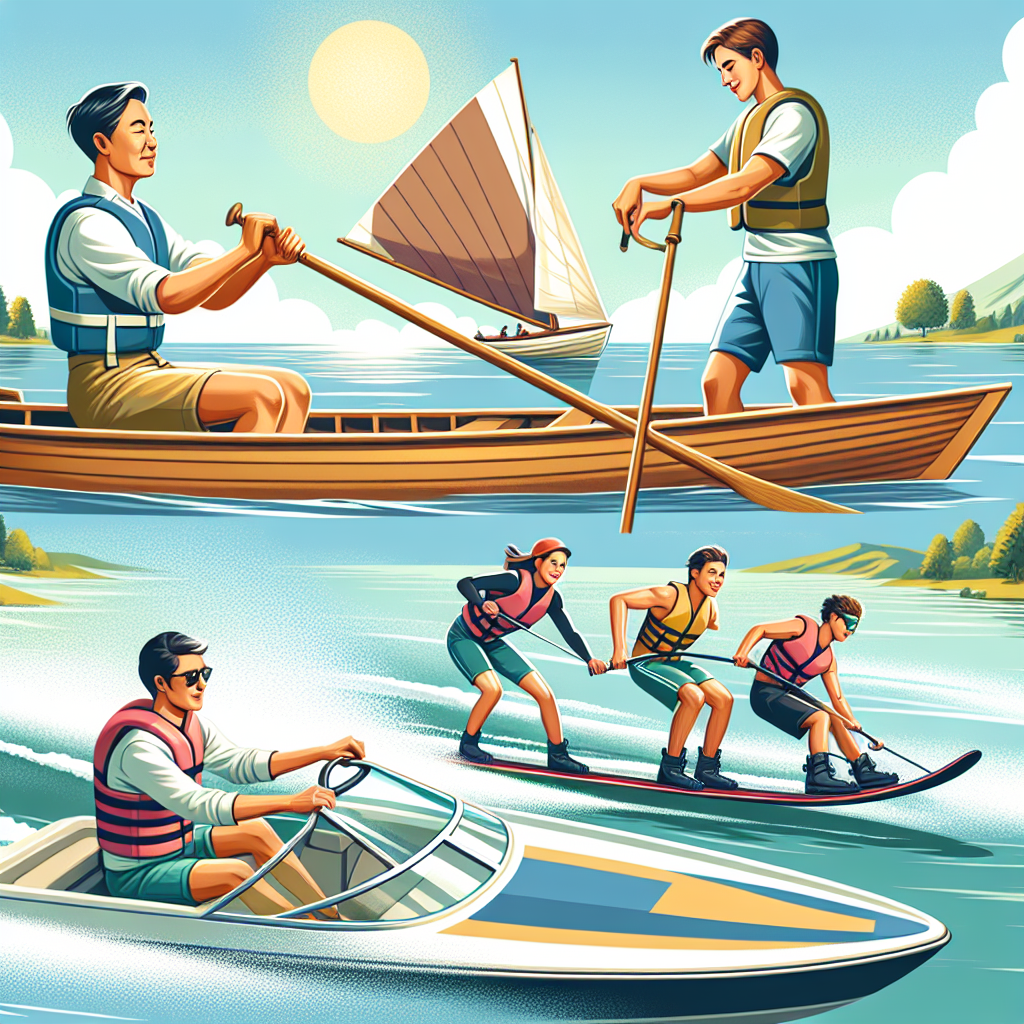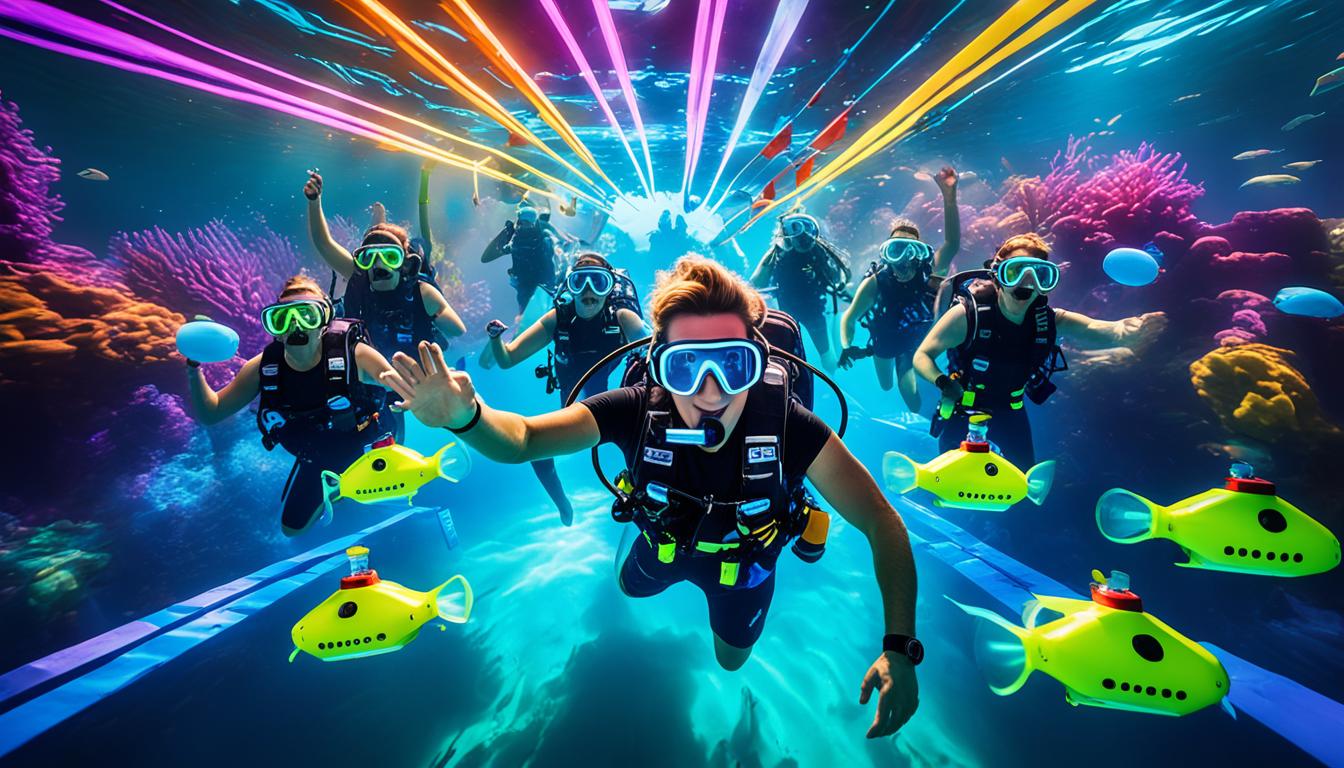
Key Takeaways
- Boating has evolved from simple rowing crafts to sophisticated, engine-powered vessels.
- Materials used in boat building shifted from natural resources like wood to durable metals and composites.
- Introduction of steam and diesel engines transformed boating from muscle power to mechanical power.
- Navigational technology advanced from star-based methods to precise electronic systems.
- Environmental sustainability is becoming increasingly important in modern boating practices.
Setting Sail: A Voyage Through Boating’s Evolution
Boating, an activity as old as civilization itself, has undergone remarkable transformations. From the early days when our ancestors fashioned the first rafts from logs, to the sophisticated vessels we see today, the journey has been long and full of innovation. Let’s dive into the historical shifts and trends that have made boating what it is now.
A Quick Glance at the Most Influential Changes in Boating
Throughout history, boating has been shaped by the needs and knowledge of the times. The materials, design, and propulsion methods have all evolved to create the modern boating experience. It’s a story of human ingenuity, adapting to the challenges posed by the waters we navigate.
Paddles to Propulsion: The Milestones That Defined Boating
Discovering the Oars: The Roots of Boating Practices
Origins of Rowing and Sailing
Boating started with the simplest of concepts: a floating platform that could carry us across water. Early humans used whatever materials were at hand—logs, reeds, and animal skins—to create rafts and canoes. The use of oars and paddles was a significant step forward, allowing for controlled movement and direction. Sailing followed, harnessing the power of the wind for movement, which was a game-changer in the history of transportation and exploration.
Materials and Design: From Wood to Steel
As our ancestors ventured further onto the water, the materials and designs of boats improved. Wood was the primary resource for millennia, chosen for its buoyancy and availability. But as we learned more about materials and the demands of different water conditions, we began to experiment. Metals like iron and steel offered strength and durability, leading to the creation of ships that could withstand the harshness of the open sea.
Steam to Diesel: The Engine-Powered Revolution
The Dawn of Motorized Boating
The introduction of steam power in the 18th century was a watershed moment for boating. Suddenly, boats were no longer at the mercy of the wind or human muscle. Steam engines powered paddle wheels and later, propellers, giving boats unprecedented speed and reliability. This technological leap forward laid the groundwork for the diesel engines that would come to dominate in the 20th century.
Advancements in Fuel Efficiency and Boat Mechanics
With the advent of diesel engines, boats became even more powerful and efficient. Innovations in engine design and fuel consumption led to the creation of vessels that could travel faster and longer distances without refueling. This efficiency not only made boating more practical but also opened up new possibilities for commerce and recreation.
Charting New Waters: Navigational Breakthroughs
Imagine trying to cross vast oceans with nothing but the stars and a compass for guidance. This was the reality for seafarers for centuries. Navigation at sea was an art form, one that required an intimate knowledge of celestial movements and weather patterns.
From Celestial to Electronic: The Evolution of Navigation Techniques
Early navigators relied on the sun, stars, and landmarks to plot their courses. These methods, while ingenious, were not without risk. Cloudy skies and a lack of visible land could easily lead to miscalculations. The invention of more sophisticated instruments like the sextant improved accuracy, but it wasn’t until the advent of electronic navigation that sailors could truly pinpoint their positions.
The Impact of GPS and Radar on Modern Boating
Global Positioning System (GPS) technology has revolutionized boating. With a GPS device, boaters can know their exact location, speed, and direction at the touch of a button. Radar complements GPS by detecting other vessels and obstacles, even in poor visibility. Together, these technologies have made boating safer and more accessible to enthusiasts of all skill levels.
For Pleasure and Competition: Growth of Recreational Boating
Leisure Boating: A Pastime for Everyone
Boating is no longer just a means of transportation or commerce; it’s a popular leisure activity. Recreational boating has seen a surge in popularity, with more people taking to the water for fun and relaxation. Modern boats are designed with comfort in mind, featuring amenities that make them perfect for family outings, fishing trips, and watersports.
Chasing the Waves: The Surge in Water Sports Activities
Alongside traditional boating activities, there’s been an explosion in water sports. Wakeboarding, water skiing, and jet skiing are just a few examples of how people are taking their boating experience to the next level. These activities have spurred the development of specialized boats with powerful engines and unique designs to create the perfect wave or wake.
Sailing Green: Environmental Awareness in Boating
Boating has a rich and storied past, one that has set the stage for the modern practices we see today. As we continue to innovate and adapt to new challenges, it’s important to look back at the journey we’ve taken and understand how we arrived here. Here are some of the most common questions about the historical shifts in boating practices.
How did ancient boating practices lay the foundation for modern techniques?
Ancient boating practices were the blueprint for today’s techniques. Early seafarers discovered principles of buoyancy, hydrodynamics, and wind propulsion that are still relevant. They understood the importance of a vessel’s shape to its speed and maneuverability, and the way sails could catch the wind to propel a boat forward. These fundamental insights paved the way for the complex engineering of modern boats.
- Use of natural materials like wood and reeds for construction.
- Development of paddles and oars for propulsion.
- Introduction of the sail to harness wind power.
- Understanding the importance of boat shape and design.
Each of these ancient innovations has been refined over the centuries, leading to the advanced boating practices we enjoy today.
What were the major turning points in boating propulsion technologies?
The major turning points in boating propulsion technologies were revolutionary, each changing the way we interacted with the water:
- The shift from manual rowing to the use of sails.
- The introduction of the steam engine in the 18th century.
- The transition from steam to internal combustion engines like diesel in the 20th century.
- The recent development of electric and hybrid engines for a greener approach.
These turning points were not just about moving faster or more efficiently; they were about expanding our horizons, enabling longer voyages, and increasing the accessibility of boating to a broader audience.
How have navigational advancements shaped the way we boat today?
Navigational advancements have transformed boating from an art into a science. The accuracy and safety of modern navigation systems allow boaters to travel with confidence, even in unfamiliar waters. The introduction of GPS technology has been particularly influential, providing precise location data that was once the stuff of dreams for ancient mariners.
Because of these advancements, today’s boaters can explore further and with greater independence than ever before.
What is the impact of recreational boating on the boating industry?
The impact of recreational boating on the industry has been profound. It has expanded the market beyond commercial and transportation needs, fostering innovation in boat design and technology to cater to leisure activities. Recreational boating has also stimulated economic growth in coastal areas, creating jobs and supporting businesses from marinas to boat manufacturers.
Most importantly, it has introduced countless individuals to the joys of life on the water, ensuring the continued popularity and development of boating.
Why is environmental sustainability important in current boating practices?
Environmental sustainability is crucial in boating practices for several reasons:
- Protecting marine ecosystems from pollution and degradation.
- Ensuring that boating remains a viable pastime for future generations.
- Reducing the carbon footprint of an industry that has traditionally been reliant on fossil fuels.
As boaters, we have a responsibility to preserve the waters that we enjoy so much. By adopting sustainable practices, we not only safeguard the environment but also set a positive example for the broader community.
In conclusion, the story of boating is one of constant evolution, driven by human ingenuity and a deep connection to the water. From the simplest rafts to the most advanced yachts, each step in boating’s history has built upon the last, creating a rich tapestry of practices that continue to grow and change. As we look to the future, we hold the lessons of the past in our hands, steering towards new horizons with respect for the waterways that have carried us this far.

